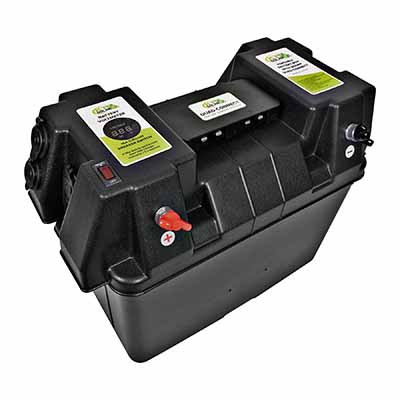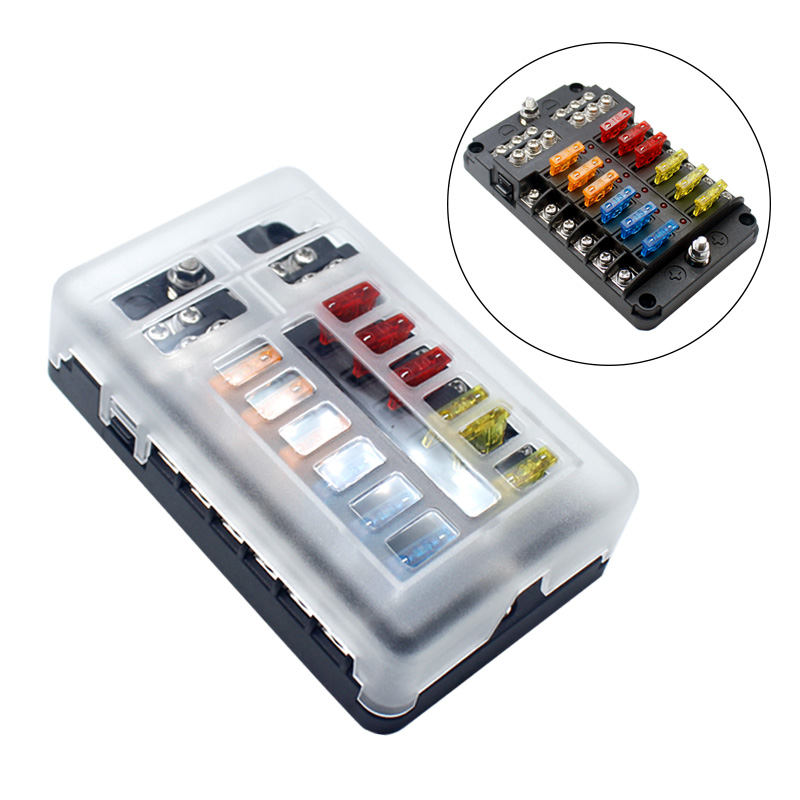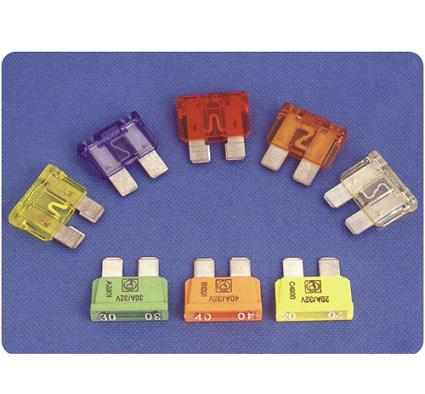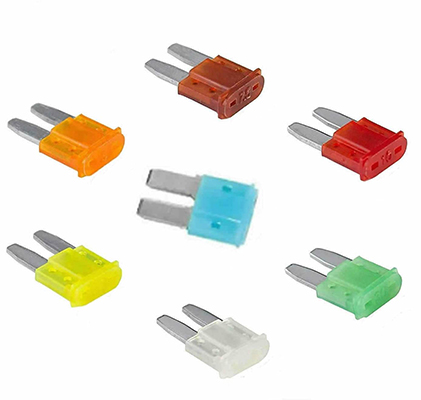Comprehensive Durability Analysis: Plastic and Metal Options for Automotive Battery Enclosures
News 2025-10-20
Car battery boxes play a crucial role in protecting batteries from environmental factors and mechanical stresses in vehicles. These enclosures must withstand impacts, corrosion, and temperature fluctuations to ensure reliable performance and safety. Material choice between plastic and metal directly influences durability, weight, and cost-effectiveness, making it essential for manufacturers and consumers to understand the trade-offs. This article examines the durability comparison of plastic versus metal materials in automotive applications, focusing on key performance aspects to guide informed decisions.

Durability Characteristics of Materials
Plastic materials, such as ABS or polypropylene, excel in chemical resistance and are lightweight, which helps in reducing vehicle weight and improving fuel efficiency. However, they can be prone to cracking under high impact or extreme cold. In contrast, metal options like aluminum or steel offer superior strength and rigidity, providing better protection against physical damage and maintaining structural integrity over time. While metals resist deformation well, they may corrode without protective coatings, highlighting the need for material-specific treatments to enhance longevity.
Application-Specific Performance Benefits
In standard passenger vehicles, plastic battery boxes often provide adequate durability with advantages in cost and ease of molding for complex designs. They perform well in urban settings where corrosion from road salts is a concern. Metal enclosures shine in demanding scenarios, such as off-road trucks or electric vehicles, where high impact resistance and thermal stability are critical. Plastic materials can offer better electrical insulation and reduce noise, whereas metals ensure reliability in harsh conditions, optimizing performance based on the vehicle’s intended use and environmental exposure.
1. What factors most affect the durability of car battery box materials?
Answer: Key factors include impact resistance, corrosion susceptibility, and temperature tolerance, with plastics better suited for chemical exposure and metals for physical stresses.
2. Which material is more cost-effective for long-term use?
Answer: Metals may have higher upfront costs but offer extended durability in tough conditions, while plastics provide initial savings but might need more frequent replacements.
3. How do environmental conditions influence material selection?
Answer: In humid or corrosive environments, plastics are preferable for their resistance, whereas metals are chosen for dry, high-impact scenarios to maximize protection and lifespan.


